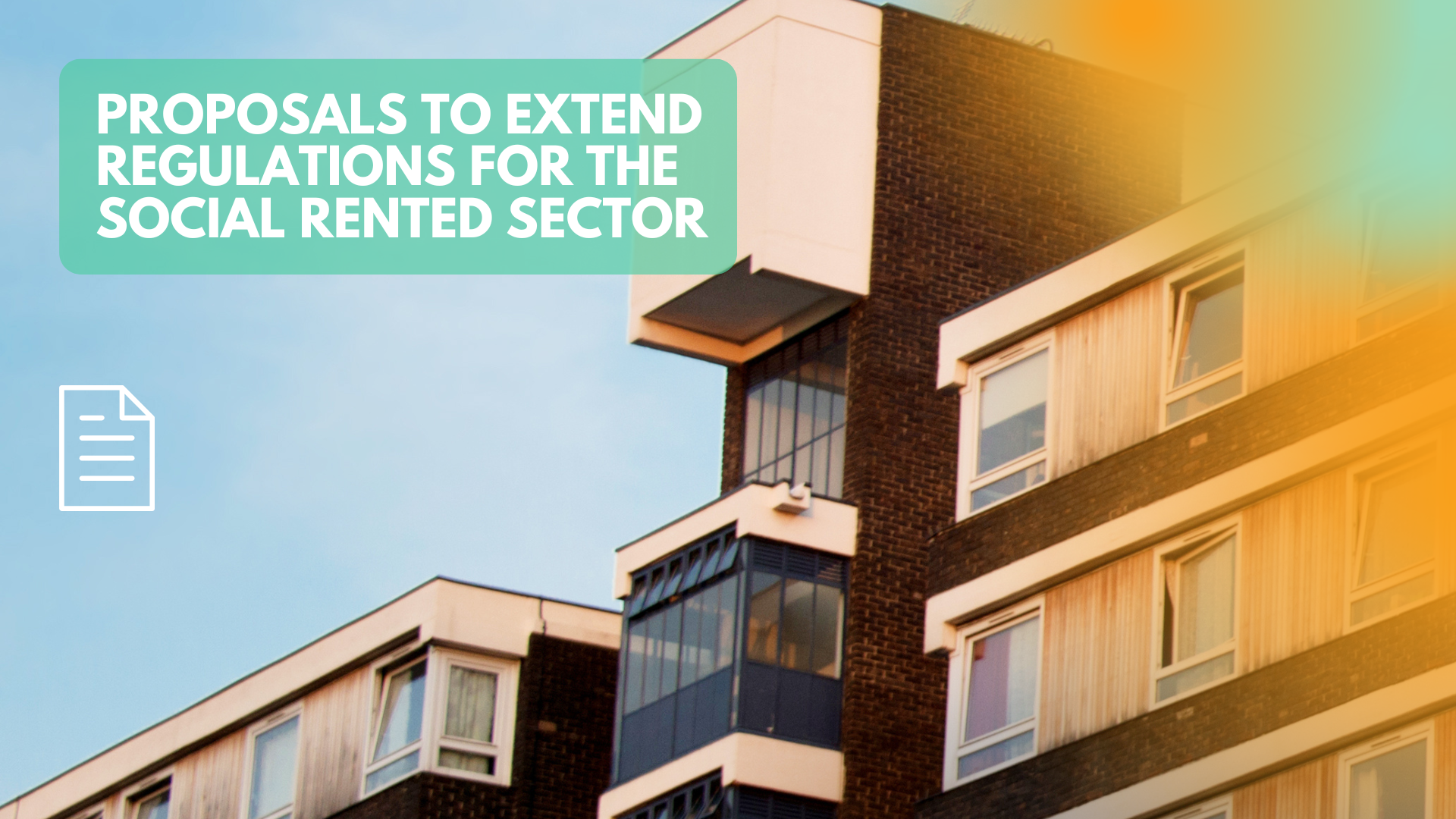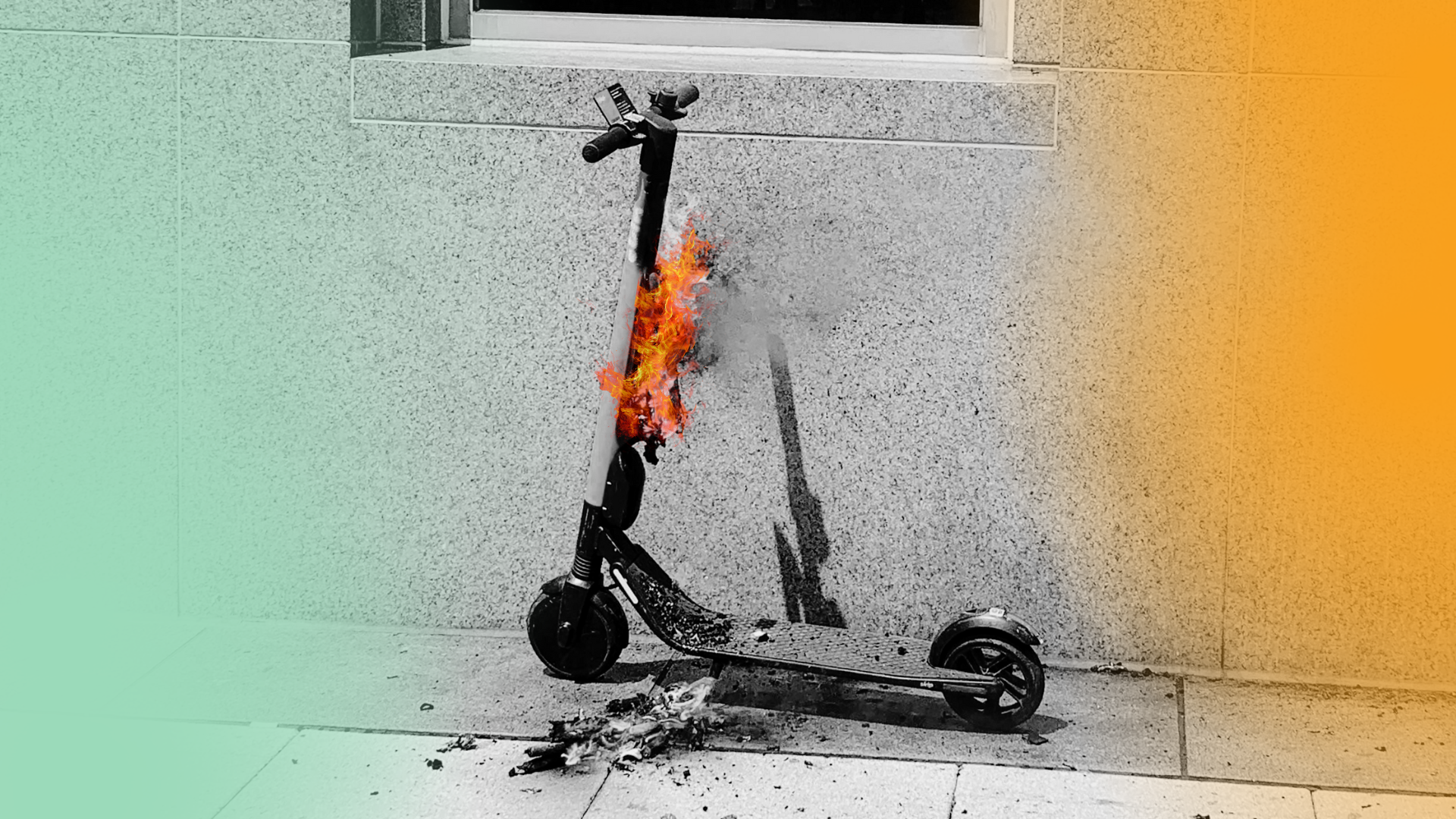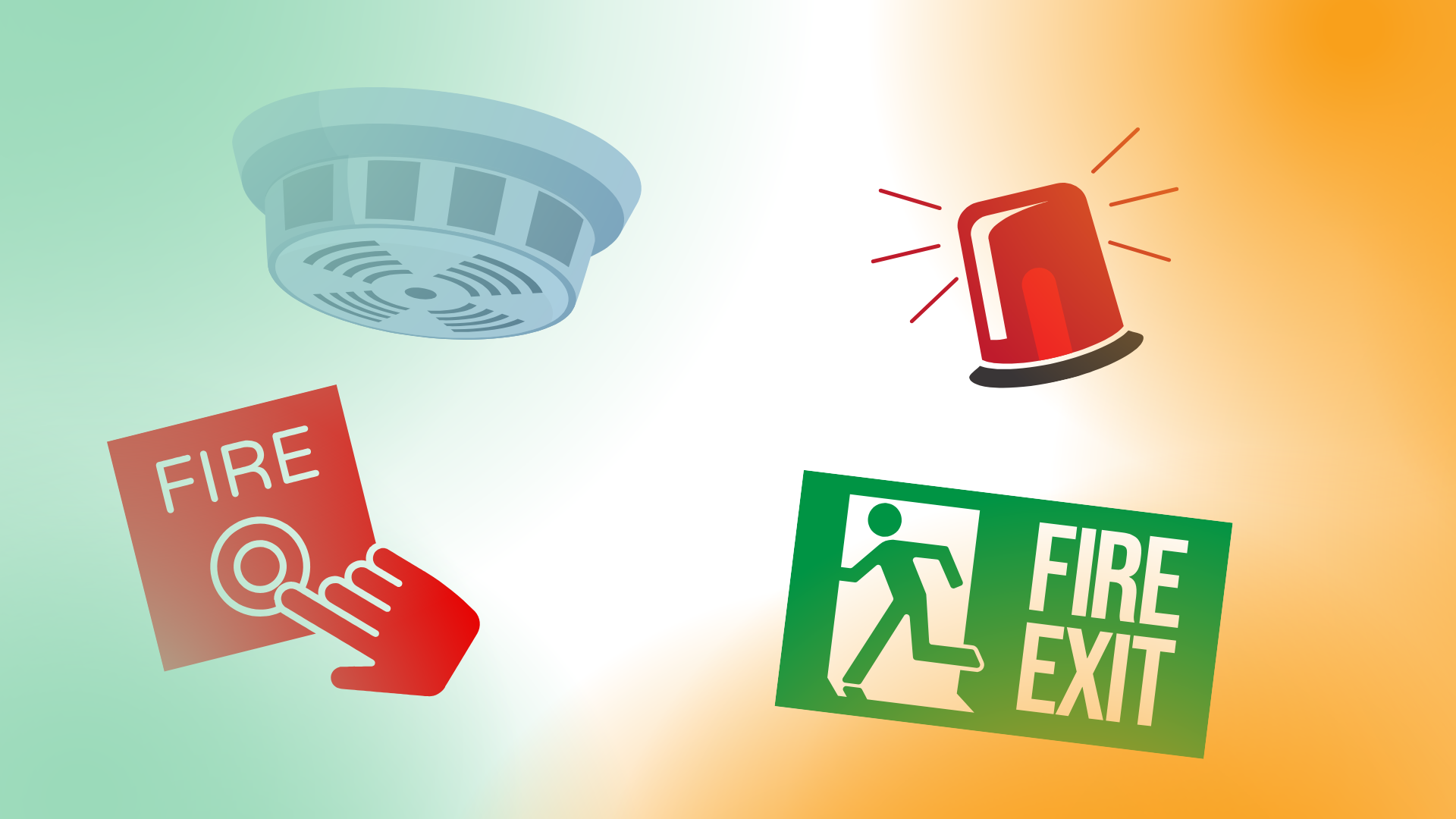New UK Electrical Safety Regulations 2025: What Landlords and Tenants Need to Know
The UK Government has announced new electrical safety regulations

The UK Government has announced new electrical safety regulations that will come into force this November, these are expanding existing laws to now include social housing landlords. These updates aim to bring the same safety standards already in place for private landlords to the social rented sector, ensuring consistency and improved protection for all tenants, which we think is a great thing.
What the New Legislation Is
The legislation in question is the Electrical Safety Standards in the Private Rented Sector (England) (Amendment) (Extension to the Social Rented Sector) Regulations 2025. It extends the existing Electrical Safety Standards in the Private Rented Sector (England) Regulations 2020 to cover registered social housing providers.
Key things to know: Under the 2025 regulations, social landlords will now be legally required to:
- Social housing providers need to have electrical installations inspected and tested at least every five years by a qualified and competent person.
- Obtain a valid Electrical Installation Condition Report (EICR) after each inspection.
- Provide copies of the EICR to tenants and, upon request, to local authorities.
- Complete any remedial or further investigative work identified in the EICR within 28 days (or sooner if specified).
Who It Affects
No Change for Private Landlords: Already subject to the 2020 Electrical Safety Standards, private landlords must continue to arrange five-yearly EICRs and act promptly on any issues identified. No major changes apply to them, but renewed awareness and enforcement are expected.
Changes for Social Landlords: The biggest change applies to registered providers of social housing. From 1 November 2025, these landlords will have to meet the same standards as private landlords. Existing social tenancies will have a transition period until 1 November 2026 to complete their first EICR.
Local Authorities: Local councils will have new powers to enforce the standards in social housing, similar to those they already hold for private rentals.
How It Differs from Existing Legislation
Previously, only private rented properties were covered by the 2020 regulations. This left a regulatory gap, as many social housing tenants did not benefit from legally mandated periodic electrical safety inspections. The 2025 amendment closes that gap by:
- Extending the five-year inspection rule to social housing.
- Introducing clear deadlines for compliance (2025 to 2026).
- Establishing a standardised enforcement process across both sectors.
Another notable difference is that the 2025 regulations explicitly require social landlords to check both electrical installations and provided electrical equipment (for example, cookers, lighting, built-in appliances) for safety.
What It Means for Landlords
For landlords, both private and social, the new rules reinforce the need for strong compliance processes and reliable record-keeping. Key implications include:
- Increased administrative load: Ensuring all EICRs are up to date, filed, and available for inspection.
- Scheduling challenges: A potential surge in demand for qualified electricians ahead of the compliance deadlines.
- Financial impact: The cost of inspections and potential remedial works will need to be budgeted for in advance.
- Risk management: Non-compliance can result in fines of up to £30,000 and reputational damage.
Landlords should begin planning early, especially social housing providers managing large portfolios, to ensure timely inspections and compliance.
What It Means for Tenants
For tenants, these regulations mean greater safety and transparency. Tenants will:
- Receive a copy of the latest EICR for their home, confirming that the electrical system has been professionally tested.
- Benefit from regular, legally enforced safety checks every five years.
- Have assurance that any dangerous or unsatisfactory electrical issues must be repaired promptly.
This also improves accountability. Tenants can request to see the EICR, and local authorities can take enforcement action if landlords fail to comply.
Portable Appliance Testing (PAT/EET Testing)
While the new regulations primarily cover fixed electrical installations through EICRs, they also introduce a broader responsibility for landlords, especially in the social rented sector, to ensure that any electrical equipment they provide is safe for use.
Although the legislation does not specifically mandate Portable Appliance Testing (PAT) or Electrical Equipment Testing (EET), these tests are widely recognised as the best way to meet that duty. Landlords can demonstrate compliance by ensuring that any plug-in or portable electrical appliances they supply are checked and tested by a competent person.
Key distinctions:
- EICR covers the fixed electrical wiring, sockets, and circuits in the property, required every five years.
- PAT/EET testing applies to portable appliances such as fridges, kettles, or washing machines supplied by the landlord.
Best practice recommendations:
- Carry out PAT/EET testing on all supplied appliances at intervals based on risk (typically every 12 months for high-use appliances).
- Keep testing records alongside EICRs for inspection by local authorities or housing regulators.
- Replace or repair any faulty appliances immediately to maintain compliance.
This additional step helps landlords demonstrate due diligence and ensures tenants are protected from electrical faults caused by portable appliances.
In short
The Electrical Safety Standards (Amendment) Regulations 2025 mark a major step forward in aligning safety standards across the private and social rented sectors. Landlords, particularly those in social housing, should act now to prepare for the 2025 start date, while tenants can expect improved safety, transparency, and peace of mind.
- Effective date: 1 November 2025 (full compliance by November 2026 for existing social tenancies)
- Who’s affected: Social landlords, tenants in social housing, and enforcement authorities
- Core requirement: Five-year electrical safety inspections by qualified professionals
- Goal: Equal safety standards and improved protection across all rented homes
More Info & Booking - PAT Testing, EICR, Gas Safety & Landlord Packages











